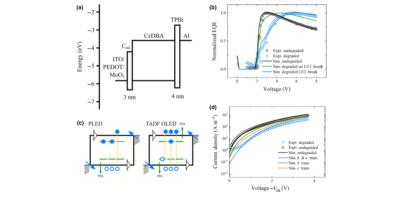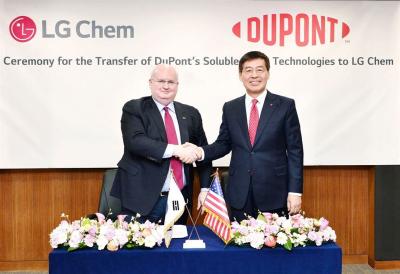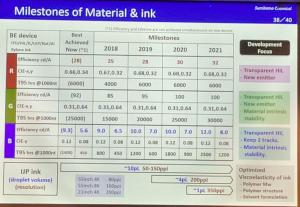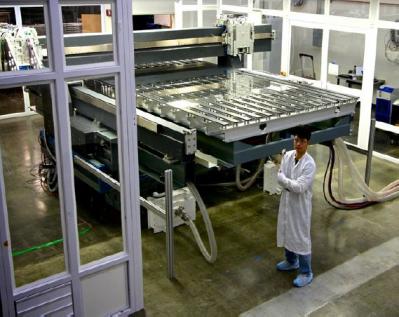Toray Research Center shows how OLED inspection and analysis enable the production of higher performance OLED panels
Toray Research Center (TRC) has launched a new open online webinar focused on OLED inspection and analysis technologies. TRC, who supplies technical analysis and support for R&D and manufacturing, invites you to attend the online lectures at no cost, to get a deeper understanding on OLED inspection and analysis, and how to achieve higher performance displays. The webinar recordings are accessible until February 15.
The webinar include four presentations:
- Identification of Trace Impurities Using High-Resolution Mass Spectrometry (Toward High-Quality OLED Panels)
- Analysis of Small Molecule OLED Layers in Solution Process and Vacuum Deposition Process
- Moisture Diffusion Evaluation in Encapsulant
- Analysis of QD sheet (Quantum Dot Enhancement Film)
The first presentation, titled Identification of Trace Impurities Using High-Resolution Mass Spectrometry (Toward High-Quality OLED Panels), details examples of possible degradation in OLED devices that lead to performance reduction. In this presentation, TRC discusses the role of analysis, the advantages of high mass resolution, different evaluation techniques and how it can help developers increase the performance of OLED displays.











